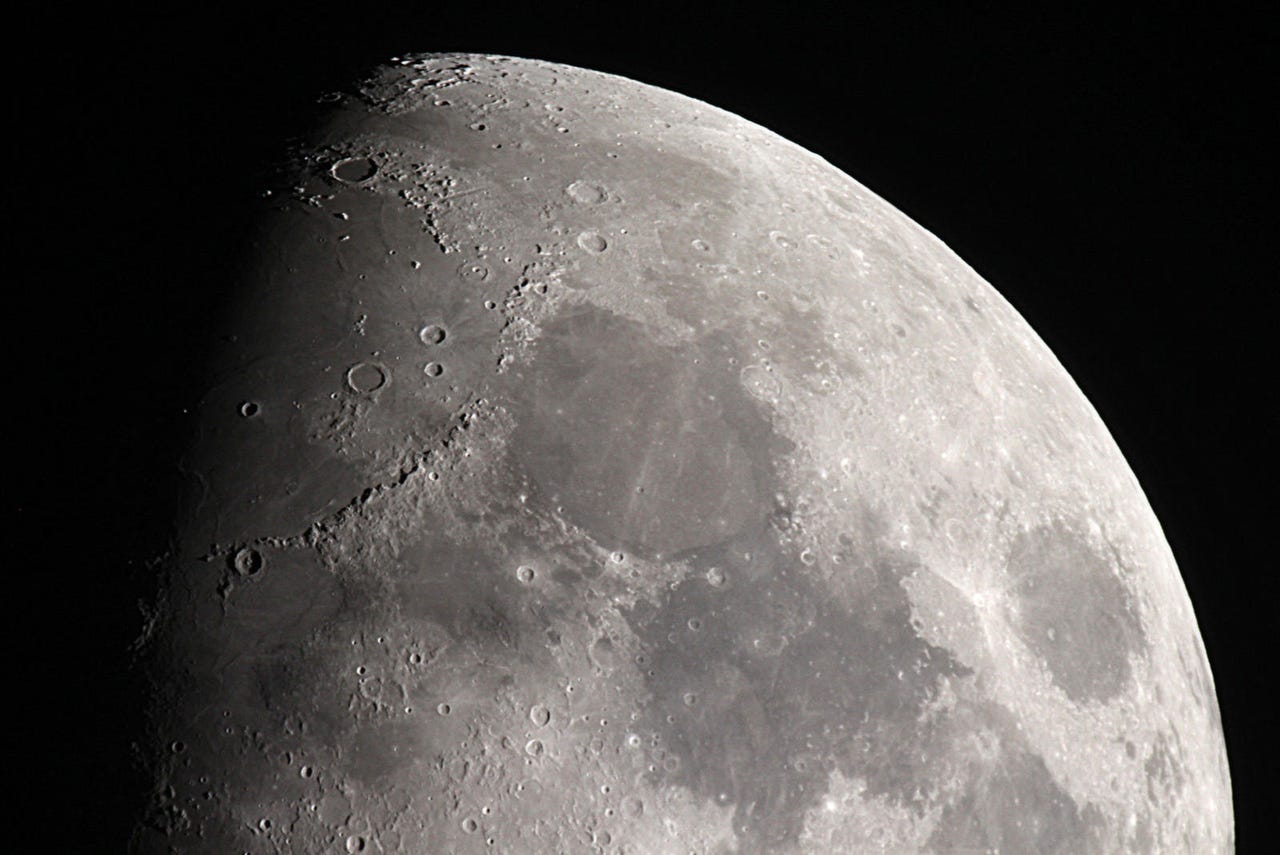Rockets to mine water from the moon


A new collaboration between space exploration technology companies has resulted in a novel approach to extracting water from the moon, a key step for possible human colonization. Masten Space Systems teamed up with Honeybee Robotics and Lunar Outpost to design a Rocket Mining System that can disrupt lunar soil with a series of rocket plumes.
The rockets fluidize the ice regolith found in certain areas of the moon, including the satellite's south pole, with direct convective heating. The system can recover more than 420,000 kg of lunar water per year utilizing a rocket engine under a pressurized dome to enable deep cratering more than 2 meters below the lunar surface. Ejecta from multiple rocket firings soars into the dome, where it's funneled through a vacuum-like system that separates ice particles from dust.
Water extraction is considered a key ingredient in the quickening race to inhabit the moon and eventually other extraterrestrial bodies. Usable as drinking water, rocket fuel, and other vital resources, lunar ice extraction can enable a sustained presence on the moon and can also be used in conjunction with other volatiles found in the lunar regolith, such as oxygen and methane, to support energy, construction, and manufacturing.
"As one of the first commercial companies sending a lunar lander to the Moon, Masten is in a unique position to deploy this system," according to a company blog post. "We've been testing plume surface interactions with our reusable rockets, and engine test stands for more than a decade. The tests we conduct have allowed us to collect cratering data using a frozen lunar regolith simulant at our facilities in Mojave."
Rocket mining, according to Masten, is preferable to mechanical excavation using drills and other equipment due to its cost-effectiveness and scalability. Whereas it would be challenging to send enough drilling equipment to the moon to extract usable quantities of water, the rocket mining rig designed through the current collaboration fits inside a small rover.
Because it relies on convective heat, this approach also permits mining around obstacles like boulders. Perhaps best yet, it's largely self-sustaining. Solar energy can be used to electrolyze the stored water into oxygen and hydrogen to continue powering the rocket engine for years.
Building on decades of experiments, Masten is preparing to build a prototype of the rig for testing.